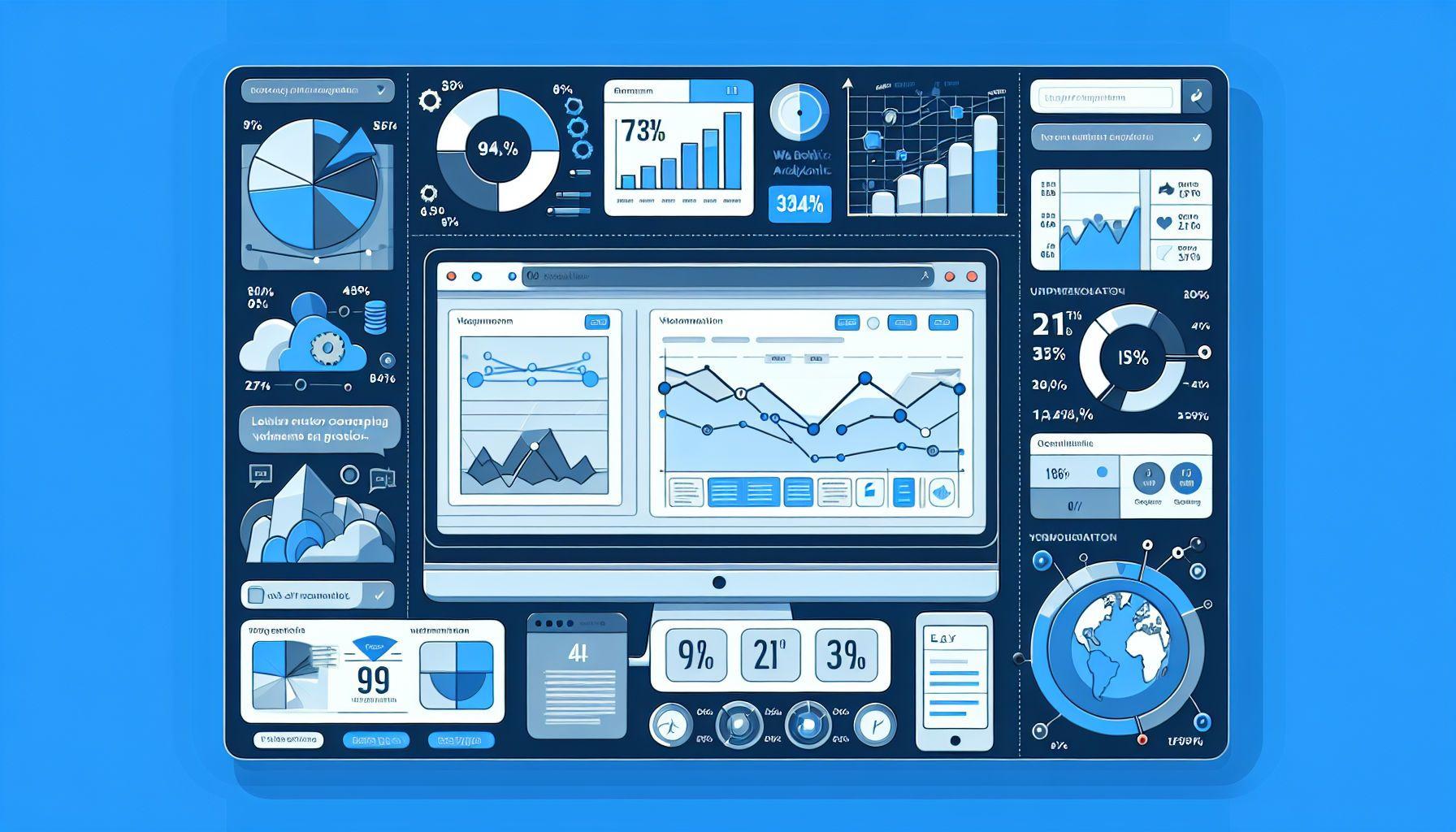What is GA4 and How to Adapt Your Analytics to the New Standard
October 14, 2024
•
8 minutes

Content
GA4: A New Era of Web Analytics
In recent years, Google Analytics has undergone significant changes, and GA4 (Google Analytics 4) has become the new standard in web analytics. This tool offers a more flexible and in-depth approach to data collection and analysis, helping businesses better understand user behavior. Below, we’ll explore what GA4 is, its key features, and how to adapt your analytics to meet the new requirements.
Why GA4 matters
GA4 was designed with modern needs in mind: cross-platform tracking, data privacy, and more accurate analytics. Unlike Universal Analytics, GA4 enables the collection of data from both websites and mobile apps, replaces sessions with events, and integrates predictive algorithms.
Key benefits of GA4:
- unified data tracking from websites and apps in one interface
- compliance with GDPR and CCPA requirements
- event-based model — user interactions (pageviews, clicks, scrolls, etc.) are tracked as events instead of sessions
- predictive insights using machine learning (such as purchase probability or churn likelihood)
Key features of GA4
1. Event-based model
In GA4, every interaction is an event. You can configure custom events to track any important actions, such as button clicks, video views, form submissions, and more.
2. Predictive analytics
GA4 uses machine learning to predict user behavior. You can identify users likely to make a purchase or those likely to leave. This helps fine-tune advertising and retention efforts.
3. Cross-platform tracking
GA4 merges data from different devices and platforms. For example, if a user browses a product on mobile and completes a purchase on desktop, GA4 connects those actions into a single user journey.
4. Flexible reporting system
Users can customize reports by selecting the metrics and dimensions that matter most: user behavior, channel performance, key events, and more.
How to migrate to GA4
1. Create a new GA4 property. This can be done in parallel with Universal Analytics to start collecting data right away.
2. Set up key events and conversions: product views, add-to-cart actions, purchases, registrations.
3. Integrate GA4 with Google Ads and Google Tag Manager.
4. Train your team — GA4 comes with a new interface and logic, so some learning is required.
Examples of GA4 in use
- An eCommerce store can track the user journey from product page to purchase and identify drop-off points in the funnel.
- Mobile apps can analyze feature usage and engagement trends.
- B2B websites can evaluate how effective content is, such as downloads of whitepapers or webinar registrations.
Practical tips
- Use Google Tag Manager for flexible event setup.
- Create audiences for remarketing (e.g., people who added items to cart but didn’t complete purchase).
- Take advantage of predictive metrics to focus on high-conversion users.
Conclusion
GA4 is a modern tool built for today’s digital landscape. Its adoption helps businesses gain more accurate insights, better understand their audience, and optimize marketing strategies more effectively.
Keywords: GA4, Google Analytics 4, web analytics, GA4 migration, GA4 setup, GA4 events, predictive analytics, Google Ads integration, user behavior analysis, cross-platform tracking, Google Tag Manager, machine learning in analytics.
Recent posts








